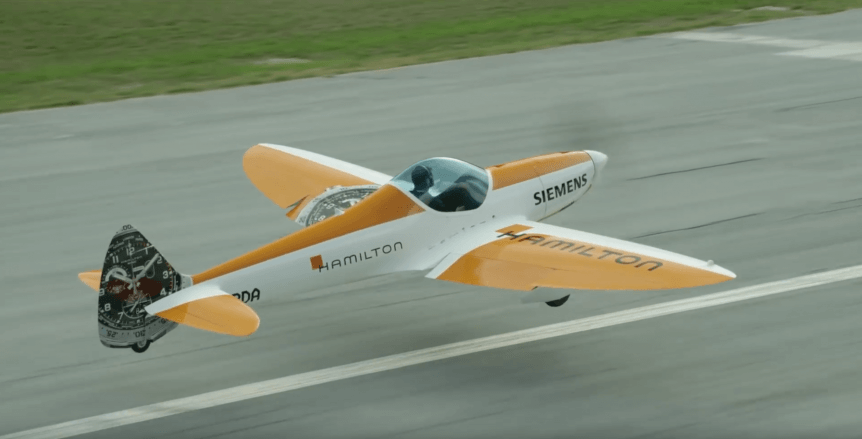Electric airplanes currently can give 15 or 20 minutes of intense aerobatics, or about an hour of more sedate cruising. What if you had a lovely little airplane that invited flinging it about the sky, but you still wanted to visit distant places? In 2005, Mike Friend owned a Silence Twister, a Spitfire-like single-seater registered as N787M, a nod to Mike’s employer, Boeing. He thought about making it a hybrid craft. Waiting for Batteries An early effort around 2010 by a German company to electrify the Twister did not produce a surge of orders, and Mike presented a 2011 symposium feature on making a hybrid out of the Twister to reduce its fuel burn while retaining its frisky character. That approach would have used a pod under the belly of the Twister, making it look like a fighter with an auxiliary fuel tank. Aerobatics combined with long-range seemed like a potential winner. Cute as it was, the concept was still …
Tag Archive
Below you'll find a list of all posts that have been tagged as “Seattle Museum of Flight”

